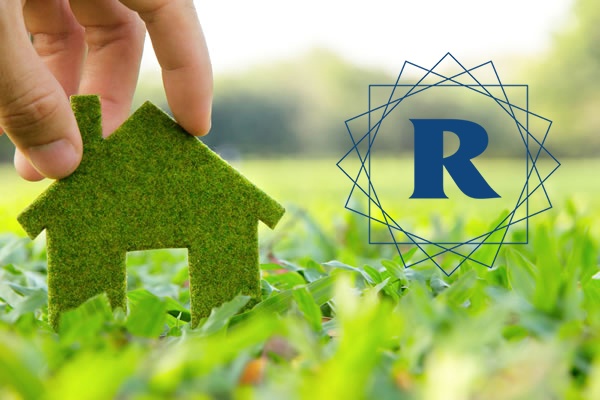We understand that a lot goes into determining the financial aspects of your home. Homeowners have to consider interest rates, insurance, maintenance fees and so much more. To help make it easier for you to decide what is best, here is Ryan Homes at Brunswick Crossing’s easy-to-follow guide about mortgage loans:
Conventional Loans are any mortgage loans that are not insured or guaranteed by the federal government. There are two types of conventional loans: conforming and non-conforming. Conforming loans follow the terms, conditions and guidelines set by government-sponsored enterprises such as Freddie Mac and Fannie Mae. Non-conforming loans do not follow this course of action.
With either type of conventional loan, your income, credit history and monthly expenses will be taken into account. Once your mortgage is approved with a conventional loan, you can apply for a fixed or adjustable rate.
FHA Loans are mortgages approved by the Federal Housing Administration. Homeowners that choose this type of loan pay for mortgage insurance, which protects the lender from a loss if the borrower defaults on payment. Many first-time homeowners choose this type of loan because the down payment is only 3.5 percent of the purchase price of the house, and the closing costs can be negotiated to full coverage (though the overall interest rate may increase). Borrowers will also pay two mortgage insurance premiums: one upfront and one annually, though it is paid monthly.
Your credit history is an important factor when an FHA-approved lender considers you for this loan. It is generally safe to have a score higher than 500 to be eligible.
VA Loans are mortgage loans for present United States military, veterans and some surviving spouses who want to purchase a primary residence. This loan is not backed directly by the Department of Veterans Affairs, but supports private lending banks. It comes with a negotiable interest rate, low closing costs, no mortgage insurance premiums, and no down payment (unless required by the lender or the purchase price is more reasonable than the value of the house).
This loan also comes with the ability to finance the VA funding fee, which is “a percentage of the loan amount that the VA assesses every borrower to fund” this program.
USDA Loans “provide homeownership opportunities to low- and moderate-income rural Americans,” according to the official website. These loans come with no down payment, no mortgage insurance premiums, and the flexibility for your approved lender to help with or cover the closing costs.
To qualify for a USDA loan, the homeowner’s credit score should be a minimum of 620, and the income limits of this loan vary by geographic area, so speak with a USDA loan officer in your area for more information.
LPMI stands for Lender Paid Mortgage Insurance, where a borrowing homeowner either pays a lump sum for insurance premium payments (based on the lender’s calculations) or a higher monthly mortgage rate. This requires an excellent credit score and is typically more attractive to high-income earners due to the possible tax deductions and short loan periods.
80-10-10 Loan is a popular option for homeowners that have only 10 percent of a down payment and do not want to pay private mortgage insurance (PMI). Broken down, the first mortgage is 80 percent of the home’s value, the second mortgage is 10 percent and the last 10 percent is the down payment by the borrower. This eliminates the need for mortgage insurance, but requires small maintenance fees yearly.
All of that information may be a lot to digest, but we hope that it helped in determining which mortgage loan is best for your home and financial situation.



